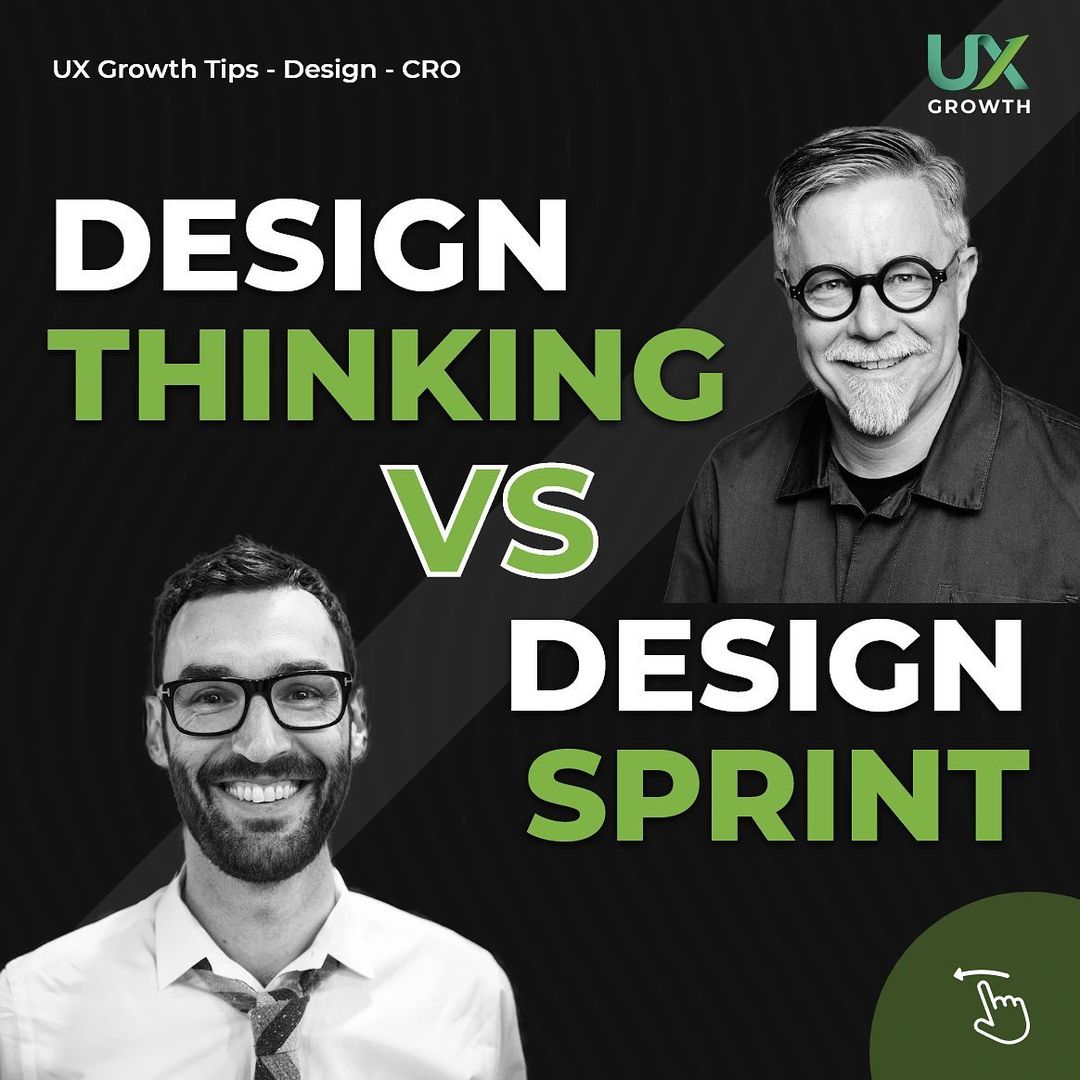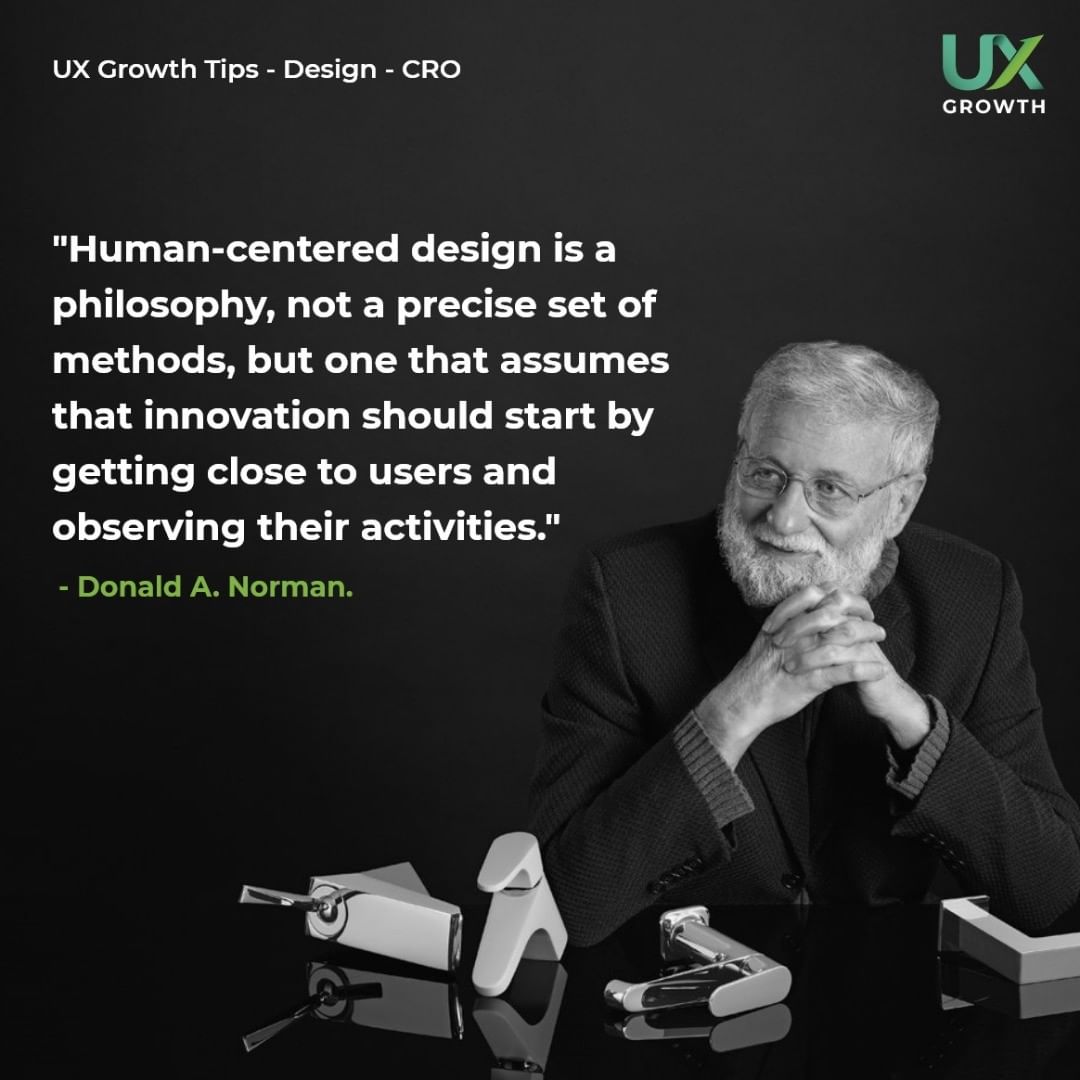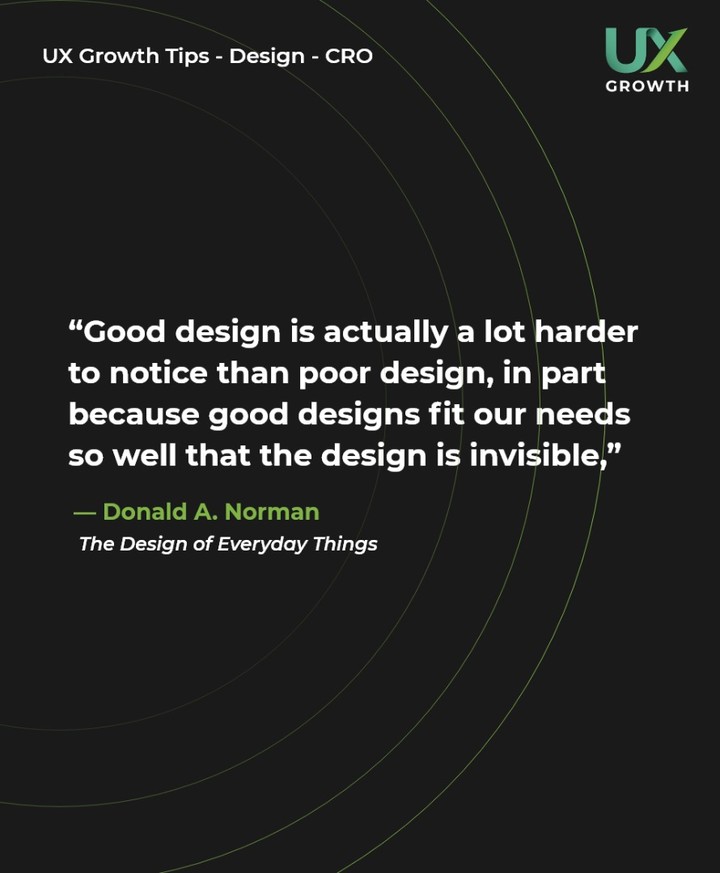Solving Complex Problems through User-Centric Innovation
Design Thinking is an innovative methodology focused on solving problems through user-centered solutions. The process is iterative, emphasizing collaboration to bring ideas to life based on real user behavior. Design Thinking addresses complex problems by empathizing, defining, ideating, prototyping, and testing solutions iteratively. This approach fosters innovation and effective problem-solving.
Understanding Human Needs in Design Thinking
In the realm of Design Thinking, understanding human needs is at the core of creating meaningful solutions. By delving into the underlying desires and requirements of individuals, designers can develop innovative products and services with real impact.
Get Weekly Design Insights
- Stay informed about the latest trends and insights in the design world.
- Receive valuable tips and resources to enhance your design thinking skills.
Meaning of Design Thinking
Design Thinking goes beyond aesthetics and functionality to address the fundamental needs and aspirations of users. It's about empathizing with people to uncover insights that inform the design process.
The Design Thinking Process
- Explore the iterative and user-centric approach of the Design Thinking process.
- Understand the importance of collaboration and empathy in problem-solving.
Complex Problems in Design Thinking
Design Thinking is particularly effective when tackling complex and multifaceted problems that require a deep understanding of human behavior and motivations. By focusing on human needs, designers can unravel intricate challenges and craft innovative solutions.
Establishing Problem Definition in Design Thinking
Establishing a clear problem definition is a crucial step in the Design Thinking process. It involves reframing and defining the problem in human-centric ways. By focusing on the human needs of the users, designers can ensure that the solutions generated are truly effective and relevant.
Defining Challenges
- Identify the core challenges that need to be addressed.
- Consider the impact of these challenges on the end users.
- Collaborate with stakeholders to gain different perspectives on the challenges.
The Right Problem to Solve
- Ensure that the defined problem is aligned with the actual needs of the users.
- Validate the problem statement through user research and insights.
- Avoid jumping to conclusions and take the time to understand the root cause of the problem.
Human-Centered Problem Framing
- Frame the problem from the perspective of the end users.
- Consider how the problem impacts the daily lives and experiences of the users.
- Empathize with the users to truly understand their needs and motivations.
Generating Innovative Ideas in Design Thinking
Design Thinking encourages creative thinking and the generation of innovative ideas by leveraging various ideation techniques. By focusing on human needs and addressing challenges from a user-centered perspective, designers can develop solutions that truly meet the needs of the end users.
Ideation Techniques
- Brainstorming: A group creativity technique that involves the spontaneous contribution of ideas from team members.
- Mind Mapping: Visualizing ideas by creating a hierarchical representation of concepts and relationships.
- Storyboarding: Telling a story through a sequence of drawings to explore different design solutions.
Encouraging Creative Thinking
Design Thinking fosters a culture of creativity and encourages designers to think outside the box to generate unique and unconventional ideas. By embracing experimentation and a willingness to take risks, designers can break away from traditional problem-solving approaches and explore innovative solutions.
Design for Human Needs
When generating ideas in Design Thinking, it is essential to keep the focus on addressing human needs and creating solutions that resonate with users on an emotional level. By understanding the desires, motivations, and aspirations of the target audience, designers can craft solutions that are not only functional but also meaningful and impactful.
Hands-On Approach to Prototyping
Prototyping Techniques
Prototyping in Design Thinking involves using various techniques to create tangible representations of potential solutions. These techniques may include rapid prototyping, digital prototyping, or paper prototyping. The goal is to quickly iterate and test different ideas to gather feedback.
Developing Prototypes
Developing prototypes is a crucial step in the Design Thinking process. It requires translating ideas into physical or digital prototypes that can be tested and refined. Prototypes help designers visualize solutions and uncover potential issues early in the development process.
Testing Prototypes
Testing prototypes involves gathering feedback from users to evaluate the effectiveness of the proposed solutions. It allows designers to validate assumptions, gather insights, and identify areas for improvement. Through iterative testing, designers refine their prototypes to create more user-centered and effective solutions.
User Testing and Validation in Design Thinking
The process of user testing and validation in Design Thinking is crucial for ensuring that the solutions developed address the needs of the users effectively. By gathering feedback from real users, designers can iterate on their prototypes and refine their designs to better meet user expectations.
Prototype Testing
Prototype testing involves presenting the preliminary designs to users and observing their interactions and reactions. This step allows designers to gather valuable insights on how users perceive and interact with the solutions, helping them identify areas for improvement.
Benefits of Prototype Testing
- Identifying usability issues
- Validating design assumptions
- Gaining valuable feedback for iteration
User Feedback Incorporation
Integrating user feedback into the design process is essential for creating user-centered solutions. By listening to user perspectives and incorporating their suggestions, designers can ensure that the final product meets user expectations and addresses their needs effectively.
Best Practices for User Feedback Incorporation
- Actively listening to user feedback
- Considering feedback from diverse user groups
- Implementing iterative changes based on feedback
Iterative Design Process
The iterative design process in Design Thinking involves continuous testing, feedback gathering, and refinement of solutions. By iterating on designs based on user feedback, designers can create innovative solutions that resonate with users and effectively solve the identified problems.
Key Aspects of the Iterative Design Process
- Rapid prototyping and testing
- Feedback-driven design decisions
- Continuous improvement through iteration
Design Thinking in Action
Case Studies in Design Thinking
Exploring real-world examples of Design Thinking applications can provide valuable insights into how this methodology can be effectively implemented across various industries. Case studies highlight how Design Thinking principles have been applied to solve complex problems and drive innovation.
Success Stories of Design Thinking Implementation
Success stories showcase the tangible benefits of incorporating Design Thinking into the design and innovation processes. By examining successful implementation cases, individuals can learn from best practices and understand the impact of user-centered design on product development and market outcomes.
User-Centric Design in Practice
Incorporating a user-centric approach into design practices is essential for creating products and services that truly resonate with end-users. By focusing on human needs and preferences, designers can ensure that their solutions are not only functional and feasible, but also desirable and impactful in addressing user requirements.
Continuous Learning and Improvement
Continuous learning and improvement are key aspects of the Design Thinking process. By staying open to new ideas and feedback, designers can refine their solutions and enhance their problem-solving skills.
Resources for Further Learning
- Online courses and workshops
- Design Thinking books and publications
- Webinars and conferences
Courses on Design Thinking
Enrolling in specialized courses on Design Thinking can provide in-depth knowledge and practical techniques for implementing the methodology effectively. These courses often cover a range of topics, including ideation, prototyping, and user testing.
Joining the Design Community
Being part of the design community allows individuals to connect with like-minded professionals, share insights, and collaborate on projects. Engaging with the community can lead to new opportunities for learning and growth in the field of Design Thinking.



